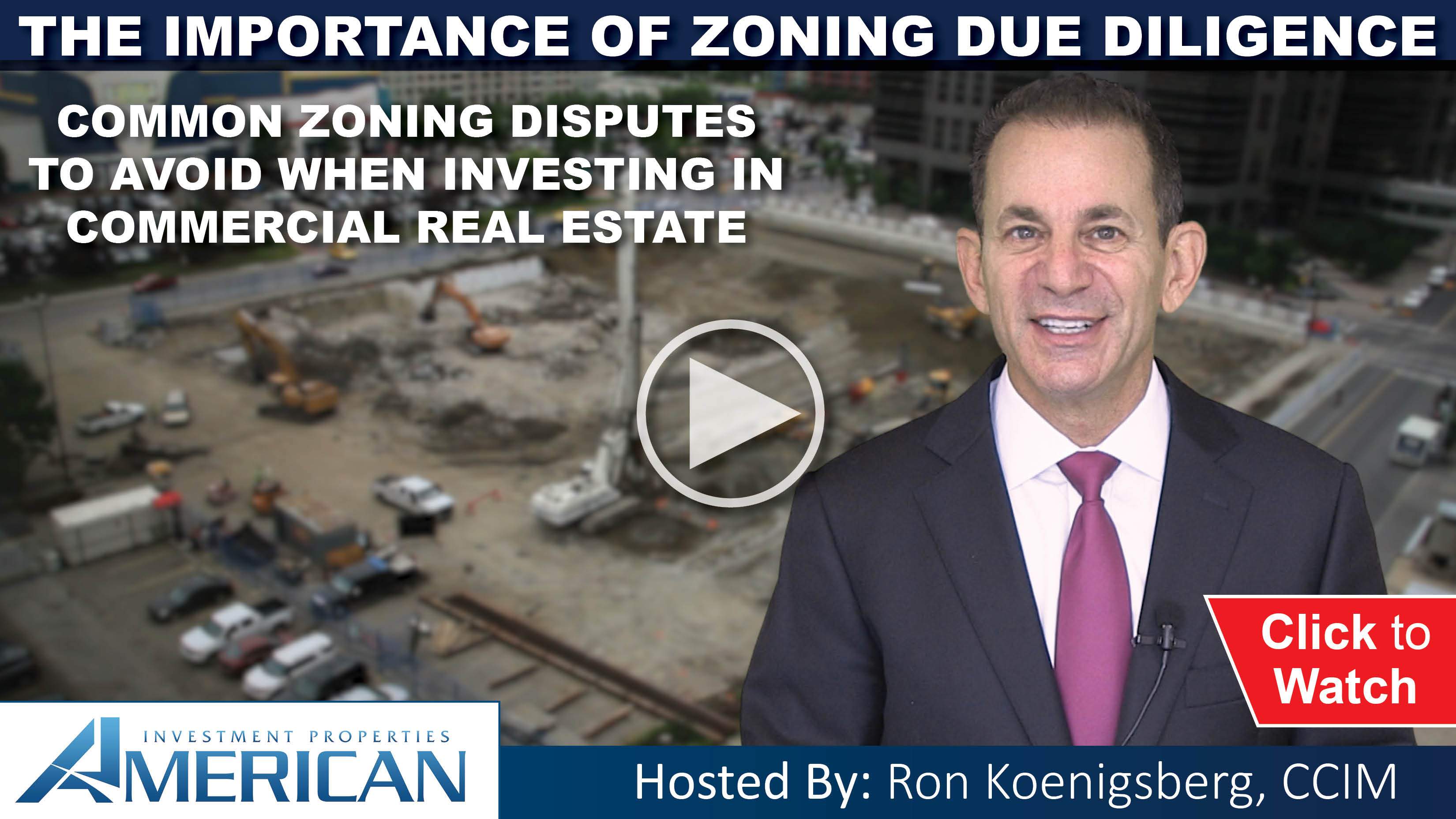In this month’s video Ron discusses the emergence of experiential retail. This new marketing technique is influencing the commercial real estate landscape, specifically retail, in various ways.
Experiential retail is a new practice being used in the commercial real estate industry. This practice is particularly growing among retail stores all over the United States and the world. Experiential retail is described as the new evolution in local retailers and “brick and mortar”stores.
The Goal of Experiential Retail
This new evolution in retail is a response to the growth of online retailers such as Amazon, and other E-commerce platforms. Experiential retail can also be seen as a response to the decline in store sales, from what once were thriving commercial markets.
Commercial real estate owners, store owners, and retailers see the need to provide consumers with innovative and unique attractions. Shopping malls, strip malls, and other “brick and mortar” stores are now changing and adapting to the trend. These retailers are changing the way they display, present, and sell to potential customers.
According to Forbes, the key to survival for retail stores may rely on their ability to act as a living showcase for products and brands.
The goal of experiential retail is to create an immersive shopping experience, using unique attractions and services, to retain increased foot traffic. This can vary from hands-on activities, contests, visually appealing aesthetics, and other events that can stimulate the five senses.
Keep in mind, these attractions or amenities don’t have to be permanent. A successful experience is one that is impactful and leaves the consumer with a unique experience. Retailers such as Lowe’s, Apple, and more, are common practitioners of the experiential retail.
As a result of these created experiences, more consumers will be driven to these stores for an experience and memories, rather than for a product.





